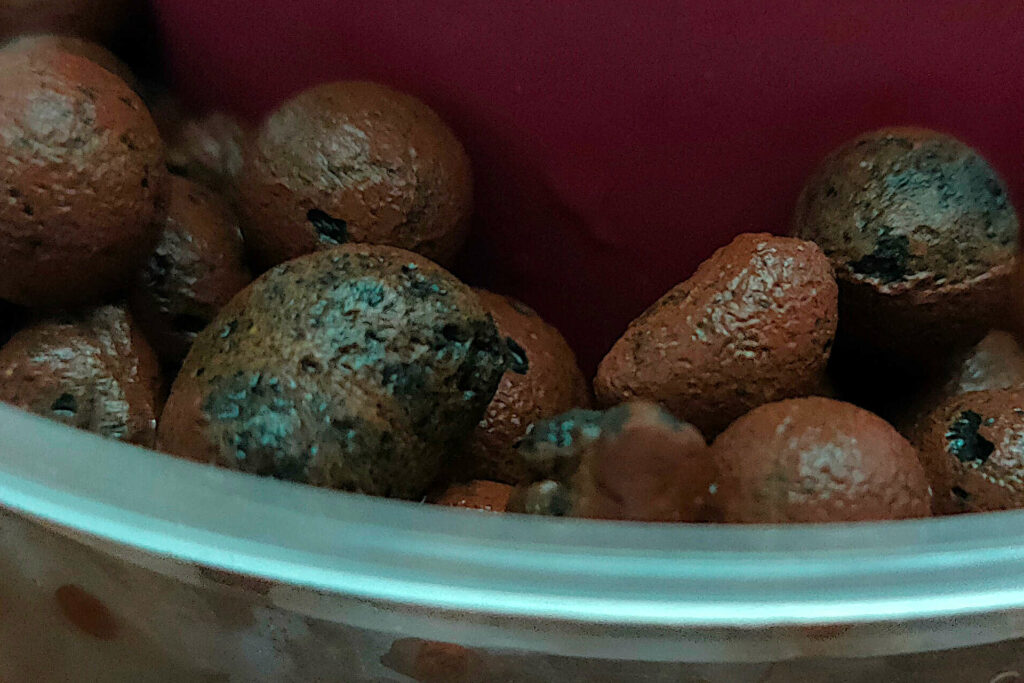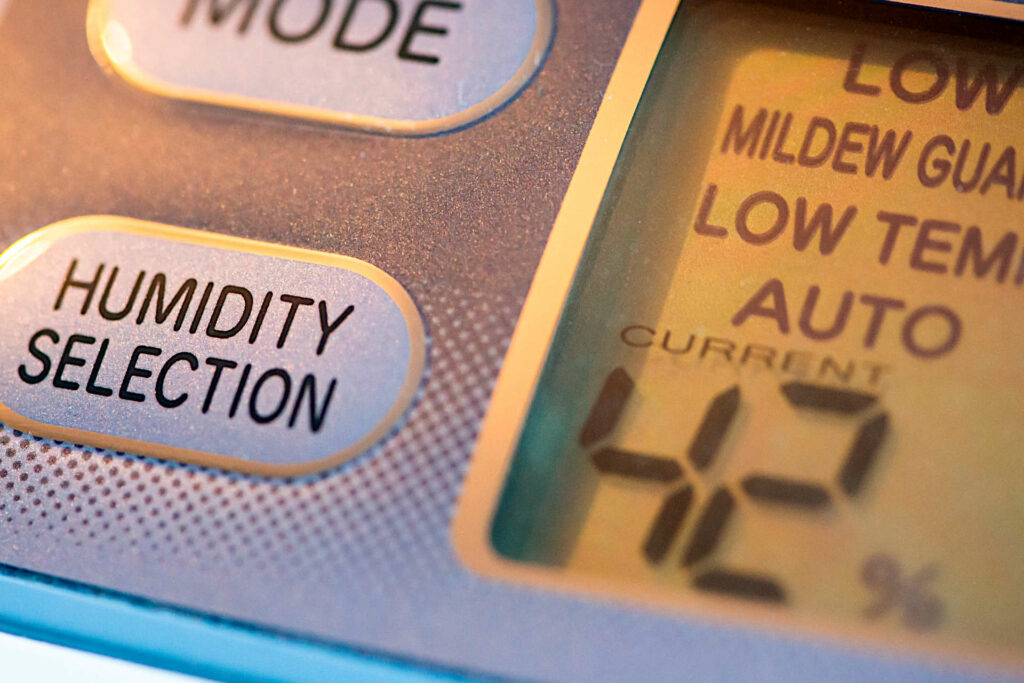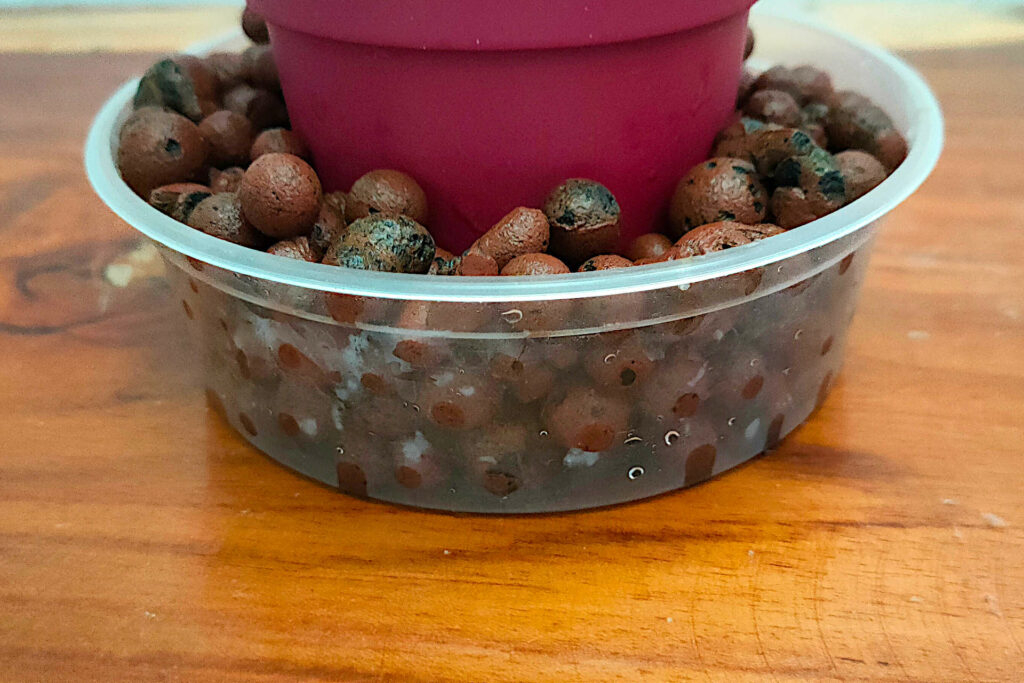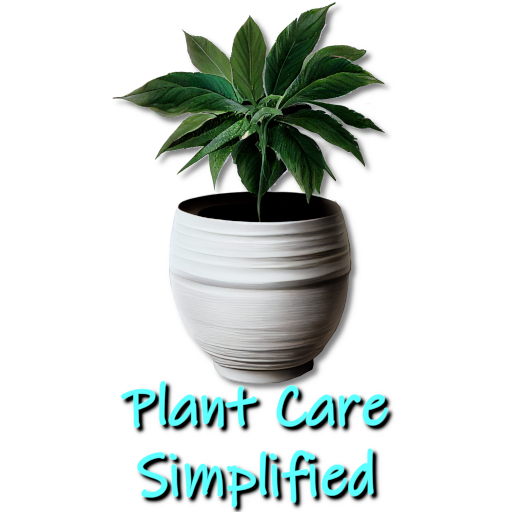LECA Balls: A Simple, Natural Solution for Plant Humidity
Kim is passionate about helping people create beautiful, healthy indoor spaces that are filled with plants. Kim believes that plants make us happier, healthier human...
- Humidity is essential for some houseplants because it triggers their ability to "breathe" or transpire through stomata.
- Expanded clay aggregate (LECA) can act as a localized humidifier and increase the humidity surrounding a plant without affecting the whole room.
- LECA is eco-friendly and requires no power to operate.
For some houseplants, humidity can be essential to their ability to thrive when transplanted out of their natural environments; replicating this humidity without making a room unbearable can be difficult.
One of the lesser-known attributes of expanded clay aggregate (LECA) is its ability to act as a localized humidifier. It can drastically increase the humidity surrounding a plant without overly affecting the whole room, and best of all, it requires no power making it an eco-friendly solution.
What Does it Mean When We Talk About Humidity?

When we talk about humidity, we are talking about the amount of water vapor present as a gas in the air. The more water vapor that is in the air, the higher the humidity.
Generally, humidity is expressed in percentage terms, and a high humidity level would be considered 60% or above. The higher the humidity, the more uncomfortable it can feel. However, certain plants thrive in more humid atmospheres.
Why Humidity Is Important for Certain Houseplants
Humidity can be important for some types of plants as it triggers their ability "breathe," also known as transpiring. It does this through a mechanism known as stomata. These Stomata are tiny pores in a plant's leaves that regulate the plant's ability to absorb carbon dioxide.
In a plant's native environment, it will open up its stomates as humidity reaches its expected level. The stomates enable carbon dioxide to be absorbed into the plant and allow active photosynthesis. However, if the air is too dry, the stomata close to prevent moisture loss.
If the environmental conditions around your plant are warm, yet the humidity is lower than expected, this will result in the air being too dry. The dry air has the effect of causing existing stomatal openings to close, leading to a reduction in the photosynthesis process and eventually inhibiting the plant's growth.
For most plants, a humidity of 40% is usually fine, and most homes would maintain humidity levels of between 30 to 40% for comfortable living.
The popularity of keeping plants native to the tropics complicates this equation. These plants prefer humidity levels of between 60-80%. In situations where you need to raise the humidity levels around individual plants, LECA works well, as the humidifying effect it produces can be localized.
What Types of Plants are Good for LECA Humidifiers
Using LECA to create humidity is perfect for plants originally native to the tropics. Plants such as the Peace Lily, monstera, philodendrons, or even indoor avocado trees thrive in conditions where humidity is 60% or more.
Why LECA Pebbles Work as a Humidifier

LECA is a highly flexible growing medium that has various uses. Its flexibility stems from the internal structure of the clay aggregate created during the firing process. The elevated temperature produces hundreds of tiny holes inside the ball caused by the evaporation of air and creates a honeycombed effect which is where the magic happens.
The structure of LECA has both advantages and disadvantages. Its main advantage is the ability to absorb and aerate the water. Still, the drawback is that it has limited water retention compared to other growing media,1 with the water quickly being released back into the atmosphere.
When it comes to creating a humidifier, this is the perfect scenario. The LECA balls are semi-submerged in water, with the top level above the water line. The LECA absorbs water from below before releasing it back into the atmosphere, where the unsubmerged balls are in contact with the air.
The additional benefit of this process is that the increased humidity, caused by the moisture release, is localized to the area of the plant, being moved up to the leaves through convection as warm air rises.
The effect of this is considerable, increasing the humidity around the plant from around 40% to between 60 and 80%. As you move away from the plant, the effect begins to dissipate, so you wouldn't notice a change in humidity in other parts of the room unless the room contained many plants.
How to Use LECA as a Humidifier

Using LECA to generate localized humidity is one of the easiest ways to use clay aggregate as part of domestic plant care. As we have noted, the principle is to keep the LECA charged with water so that it can evaporate off over a period of time.
Step-By-Step Guide
- Choose the size of LECA you want to use. In tests, smaller sizes of LECA balls (4-8mm) hold more water than the larger ones (12-18mm).
- Prepare the LECA as you would for any planting method
- Use a tray at least two 2-3″ wider than the base of your plant pot.
- Place your plant pot on the center of the tray
- Add the LECA around the plant pot to about an inch deep
- Fill the tray with water (distilled water is best) but be careful not to completely cover the top row of LECA, as for the aggregate to emit moisture, it must have contact with the air.
- As the day progresses, the water level in the tray will drop. It is essential to top up the level as needed (typically once or twice a day) so the aggregate can continue emitting vapor.
Maintaining the LECA, You Are Using to Create Humidity
It is good practice to change-out out your LECA every couple of months, as this can help prevent dirt and algae build-up on the aggregate. A dirt build-up will not only affect the ability of the clay aggregate to emit moisture but also could encourage pests, such as scale insects and spider mites.
- Every two months, clear out the LECA from the tray
- Clean the tray thoroughly
- Add fresh LECA to about an inch deep
- Fill with water, distilled water if possible
- Continue to maintain the watering cycle as before
Cleaning the Old LECA for Reuse
Don't throw the LECA away. One of the many advantages of clay aggregate is that you can continually reuse it. To do so, you have to clean and sterilize it similarly to how you first prepared your LECA. We have a comprehensive guide to cleaning LECA balls for reuse that explains the process in detail.
Drawbacks from Utilizing Leca to Create Humidity
There Can Be a Lot of Maintenance
You will likely have to water the LECA once or twice a day; this can be problematic if you are away for large parts of the day. It is possible to automate the process using a reservoir timer and pump.
Build-Up of Deposits on the Aggregate
Tap water contains a lot of additives and minerals, leaving mineral deposits on the LECA over time, inhibiting both water absorption and moisture release. One answer is to use distilled water. If you have a reverse osmosis system, this is perfect, or buy distilled water for your plants.
Using the Process on the Wrong Type of Houseplants
Using LECA in this fashion to create humidity can be detrimental if used for the wrong plants. A plant not used to high humidity cannot make water evaporate, which is a part of the transpiration process, and this prevents it from being able to draw nutrients from the soil. If this lasts for an extended period, the plant will begin to rot.
References:
- Mana Libran and David J. Williams, HortScience: Characterization of Leca Clay Pebbles as a Growing Medium for Geranium (Pelargonium hortorum) Stock Plant Production
Kim is passionate about helping people create beautiful, healthy indoor spaces that are filled with plants. Kim believes that plants make us happier, healthier human beings, and she loves sharing her knowledge with others so they can experience the joys of plant care for themselves. <a href="https://plantcaresimplified.com/kim-marson/">Read more</a>
More Posts